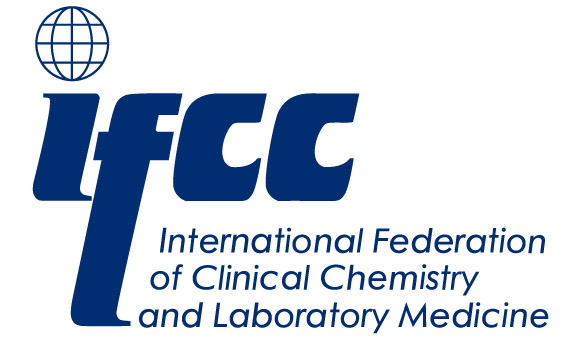Error methods – compared with uncertainty methods – offer simpler, more intuitive and practical procedures for calculating measurement uncertainty and conducting quality assurance in laboratory medicine.
However, uncertainty methods are preferred in other fields of science as reflected by the guide to the expression of uncertainty in measurement. When laboratory results are used for supporting medical diagnoses, the total uncertainty consists only partially of analytical variation. Biological variation, pre- and postanalytical variation all need to be included. Furthermore, all components of the measuring procedure need to be taken into account.
Performance specifications for diagnostic tests should include the diagnostic uncertainty of the entire testing process. Uncertainty methods may be particularly useful for this purpose but have yet to show their strength in laboratory medicine. The purpose of this paper is to elucidate the pros and cons of error and uncertainty methods as groundwork for future consensus on their use in practical performance specifications. Error and uncertainty methods are complementary when evaluating measurement data.
Authors: Wytze P. Oosterhuis, Hassan Bayat, David Armbruster, Abdurrahman Coskun,
Kathleen P. Freeman, Anders Kallner, David Koch, Finlay Mackenzie, Gabriel Migliarino,
Matthias Orth, Sverre Sandberg, Marit S. Sylte, Sten Westgard and Elvar Theodorsson
Published Online: 2017-08-10 | DOI: https://doi.org/10.1515/cclm-2017-0341















































